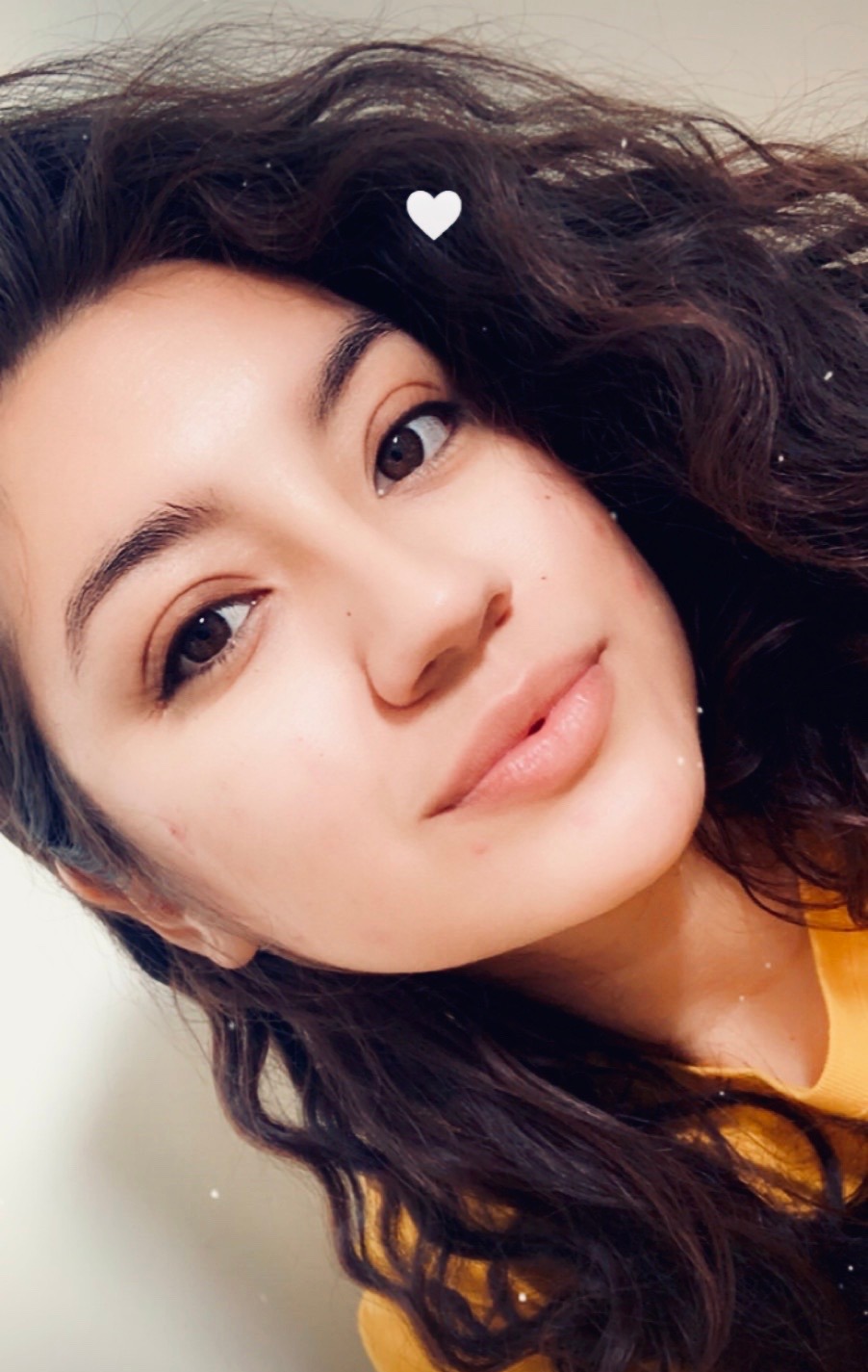Restorative Justice Circles in Classrooms: Children Will Speak When They Feel Safe
- Jessica

- Dec 7, 2019
- 2 min read
Updated: Dec 11, 2019
As an alternative to traditional, exclusionary discipline, learn how Restorative Circles build positive school climates where students feel safe to speak.
Time spent learning is the single best predictor of a positive academic outcome, suspensions and explosions are time spent out of the classroom.
Using exclusionary practices to keep a well-mannered school has proven to be costly, harmful, and unfair; neither does it bring about the stated goal of safety or improved achievement for all students.
What I found in my time at USC and in researching for this problem of practice were Restorative Justice practices in school. I was fortunate enough to have some first hand experience with this method and how it can benefit my own classroom. Many times the students who are in the most need of a companion or confident to turn to are the last to ask for help. I watched several students come and go from my classroom, out of my control. The lack of support for them and their emotional needs in order to be successful was neglected due to lack of time, resources, and compassion. After spending weeks with each of these bright students, I understood how the system had failed them at every turn and they believed they were a lost cause because they couldn't just "fly right."
The Emotional Connection
It is clear to me that the foundation of learning is not instruction, but the communal relationships that are supported in the learning environment. Social and emotional well-being are essential to the learning process and establishing a secure sense of self and for life-long learning. A comparison could be made in the way in which educators assess learning and provide students feedback that they can then use to make corrections. Why are the students in need of behavioral improvements not given the same kind of opportunity in developing their growth that will allow them to reach their Zone of Proximal Development.*
* The zone of proximal development (ZPD) has been defined as: The distance between the actual developmental level as determined by independent problem solving and the level of potential development as determined through problem-solving under adult guidance, or in collaboration with more capable peers. (Vygotsky, 1978, p. 86)




Comments